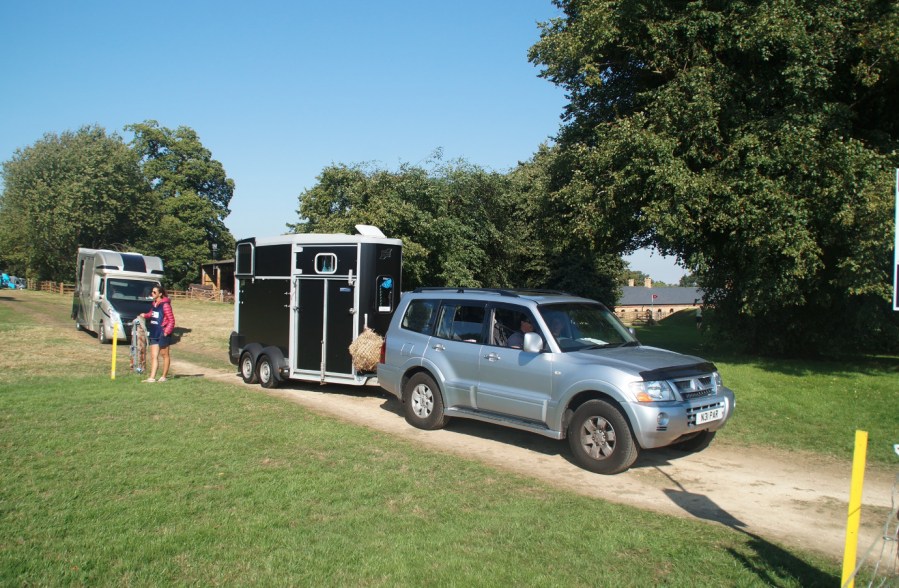Testing for insulin dysregulation within three hours of a horse travelling could lead to a false diagnosis of Equine Metabolic Syndrome (EMS), research from the University of Kentucky and SPILLERS has shown.
Insulin dysregulation is a key component of EMS, a metabolic disorder that affects horses and ponies and can lead to obesity and an increased risk of laminitis. It is commonly diagnosed following an oral sugar test (OST) which measures the horse’s insulin levels before and after consuming a given amount of sugar syrup.
The research, which was conducted by Dr Erica Jacquay and Dr Amanda Adams from the University of Kentucky, tested seven mares who were insulin dysregulated and seven mares who were not insulin dysregulated. All the mares undertook an OST 24 hours before they were transported in groups for around 90 minutes and another OST three hours afterwards.
OST results
As expected, the insulin dysregulated mares displayed higher insulin levels in both tests. However, five of the seven non-insulin dysregulated mares exhibited insulin dysregulated results in the test they took following travelling.
This means in ‘real life’ situations some horses may have been wrongly diagnosed as being insulin dysregulated and consequently falsely believed to have EMS.
“Veterinary assessments and investigations can be time consuming, expensive and stressful (for horses and their owners!),” said Sarah Nelson, product manager at Mars Horsecare, home of the SPILLERS brand.
“If you need to take your horse to the vet as opposed to the vet visiting you, ticking multiple things off the list in one visit can certainly make sense in some situations.”
“However, this research shows that when it comes to testing and monitoring for ID/EMS we may need to rethink our strategy, as testing after travelling may lead to a false diagnosis.”
Click here to read about this research in the Equine Veterinary Journal.








